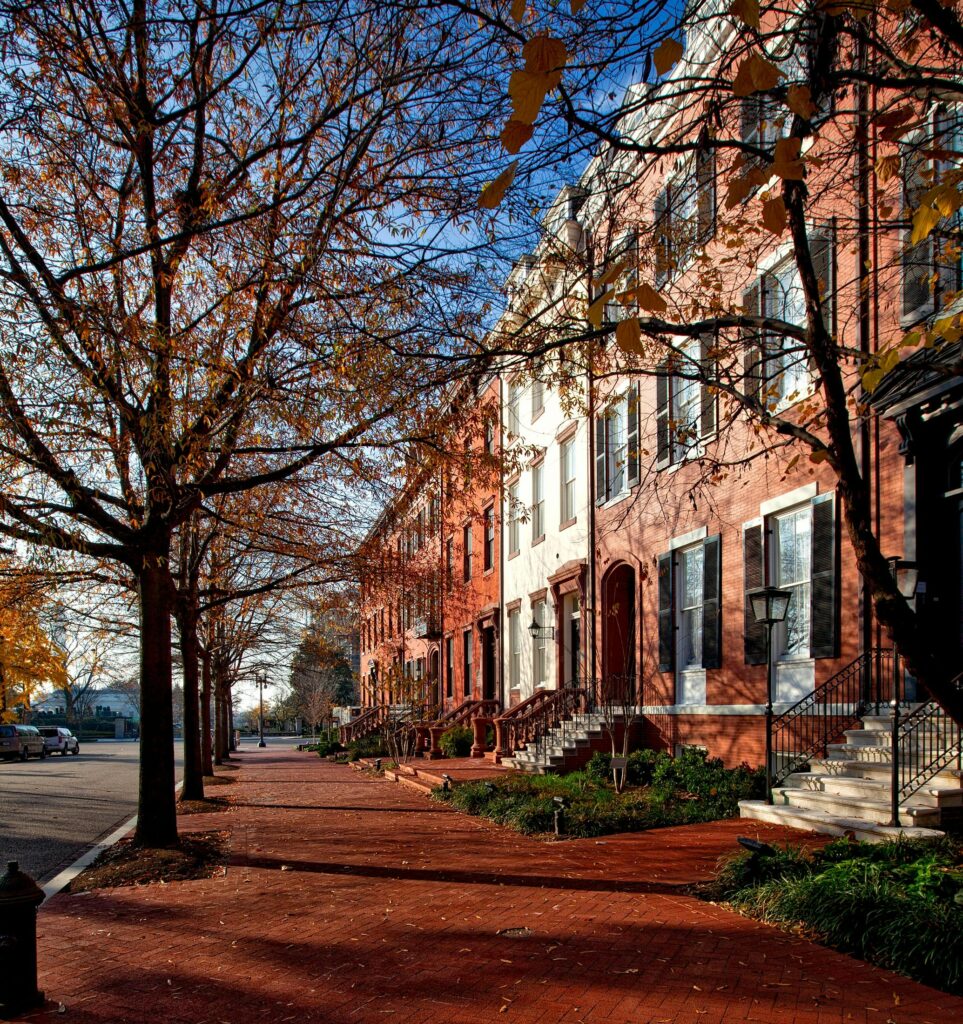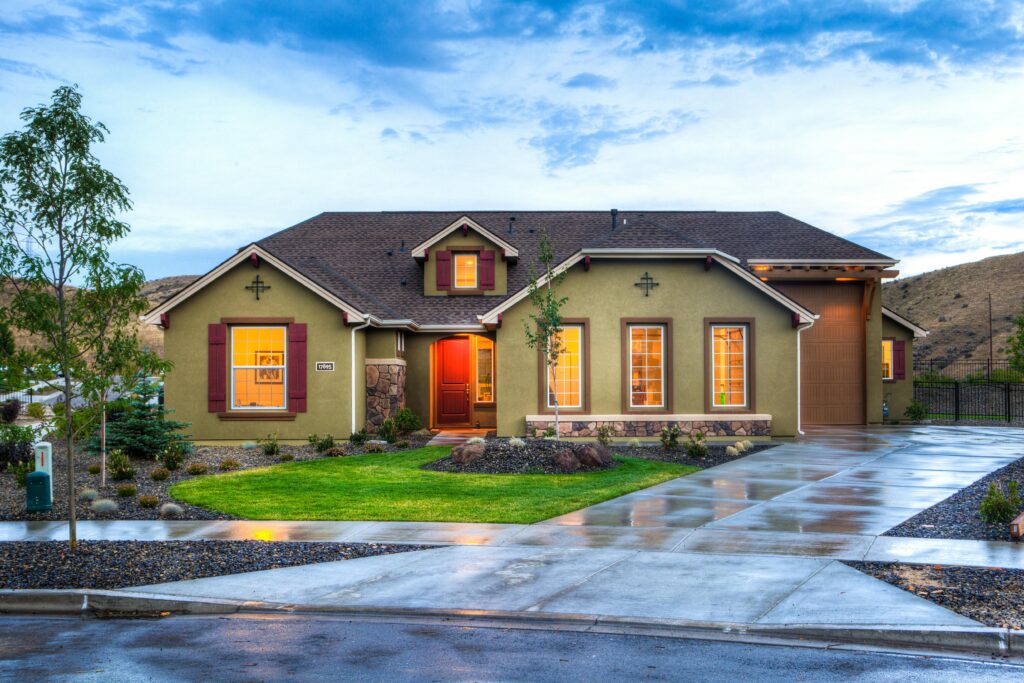When buying a home, you’ll come across different types of insurance, including mortgage insurance and homeowners insurance. While both provide financial protection, they serve distinct purposes. Understanding these differences is essential for homebuyers and homeowners to make informed decisions. Let’s break it down.
What is Mortgage Insurance & Homeowners Insurance?

Mortgage insurance protects the lender in case a borrower defaults on their loan. It is typically required when a buyer puts down less than 20% on a home. This insurance reduces the lender’s risk, allowing them to offer loans with lower down payments.
Homeowners insurance, on the other hand, protects the homeowner. It covers damages to the home, personal belongings, and liability for injuries that occur on the property. Mortgage lenders require homeowners insurance to ensure the home remains a valuable asset.
Key Differences Between Mortgage Insurance and Homeowners Insurance
- Purpose: Mortgage insurance benefits the lender, whereas homeowners insurance benefits the homeowner.
- Requirement: Mortgage insurance is required only for loans with small down payments, while homeowners insurance is mandatory for almost all home loans.
- Coverage: Mortgage insurance covers lender losses from loan default, while homeowners insurance covers property damage, theft, and liability.
- Duration: Mortgage insurance can be removed once the homeowner builds enough equity (usually 20%), but homeowners insurance is required as long as the mortgage exists.
Homeowners Insurance Coverage vs. Mortgage Insurance Coverage
- Homeowners Insurance Covers:
- Structural damage from fire, storms, or other disasters
- Theft or vandalism of personal property
- Liability if someone is injured on your property
- Additional living expenses if your home becomes uninhabitable
- Mortgage Insurance Covers:
- Loan repayment in case of borrower default
- Protection for lenders when borrowers fail to make payments
Who Needs Homeowners Insurance vs. Mortgage Insurance?
- Homeowners insurance is required for all homeowners with a mortgage and is strongly recommended even after paying off a loan.
- Mortgage insurance is required only for homebuyers who make a down payment of less than 20% or use government-backed loans (FHA, VA, or USDA loans).
How Will You Pay for Homeowners Insurance vs. Mortgage Insurance?

- Homeowners Insurance is paid as part of the monthly mortgage payment or separately through an insurance provider. The premium varies based on coverage level, location, and home value.
- Mortgage Insurance can be paid in different ways:
- Monthly Premiums: Included in the mortgage payment.
- Upfront Premiums: Paid at closing as a one-time fee.
- Lender-Paid PMI: The lender covers the cost but charges a higher interest rate.
Frequently Asked Questions (FAQs)

Are Mortgage Insurance and Homeowners Insurance Interchangeable?
No. Mortgage insurance protects the lender, while homeowners insurance protects the homeowner’s investment in their property.
Do You Always Need Mortgage Insurance?
No. If you put down at least 20% on a conventional loan or use a VA loan, mortgage insurance is not required.
How Can I Avoid PMI?
- Make a 20% down payment on a conventional loan.
- Use lender-paid mortgage insurance (though it may result in a higher interest rate).
- Choose a piggyback loan (a second mortgage to cover part of the down payment).
- Request PMI removal once you reach 20% equity in your home.
Final Thoughts
Understanding the distinction between mortgage insurance and homeowners insurance helps buyers and homeowners make smart financial choices. Ensuring you have the right coverage will give you peace of mind as you navigate homeownership.


